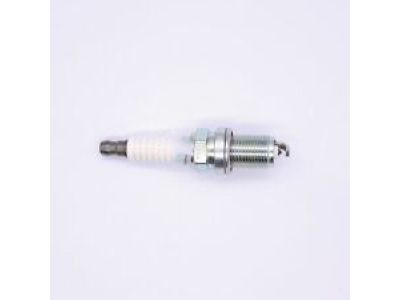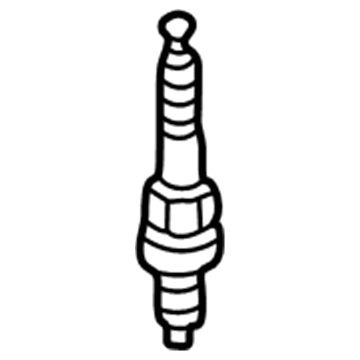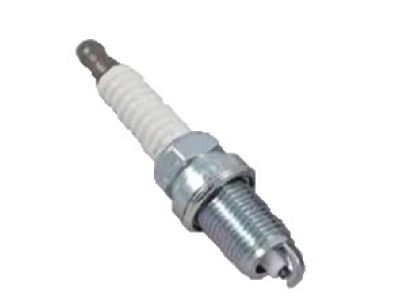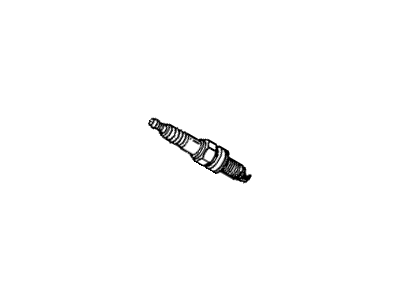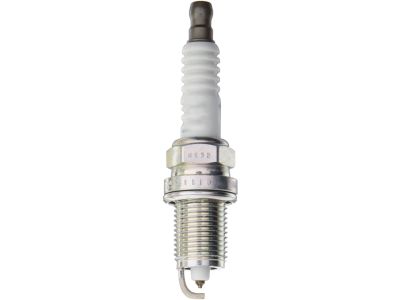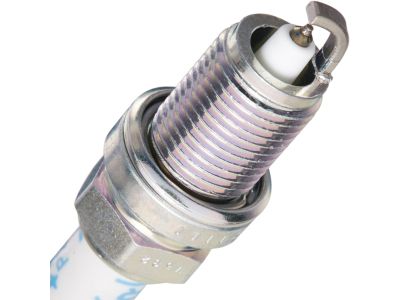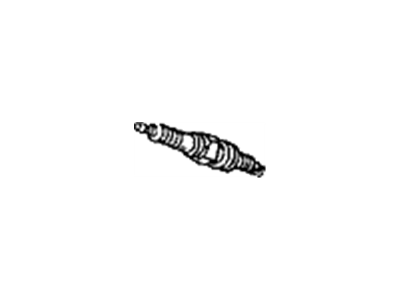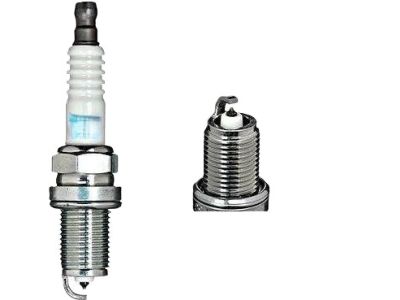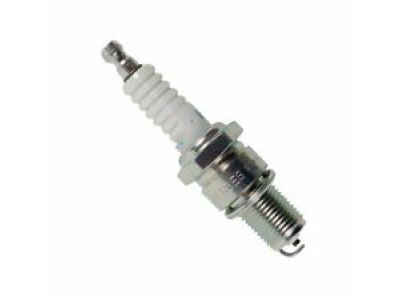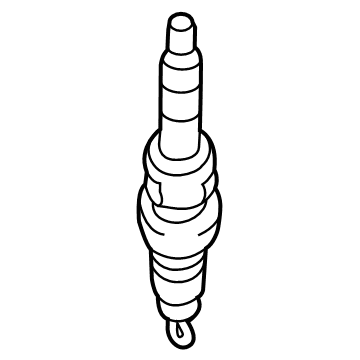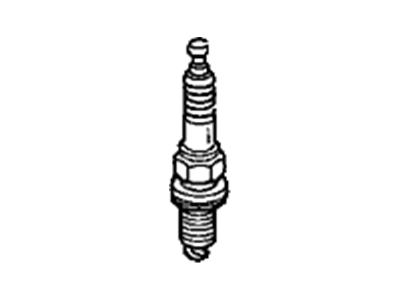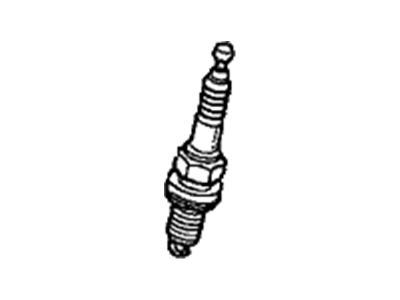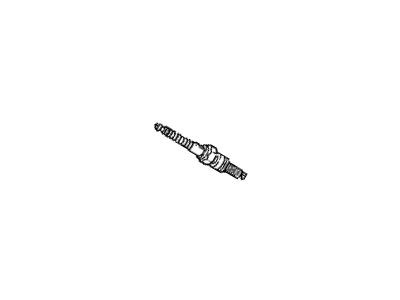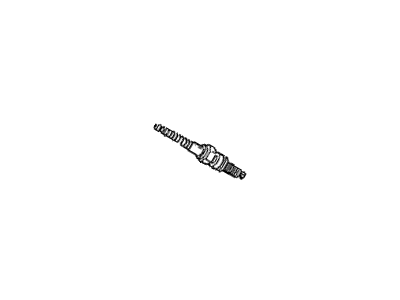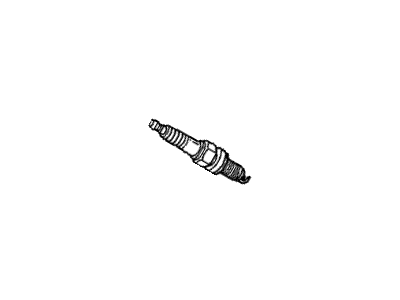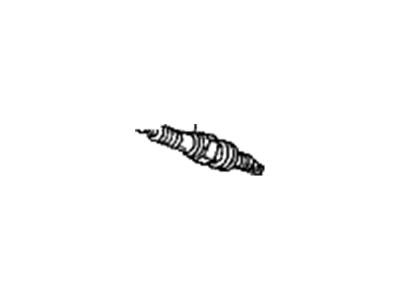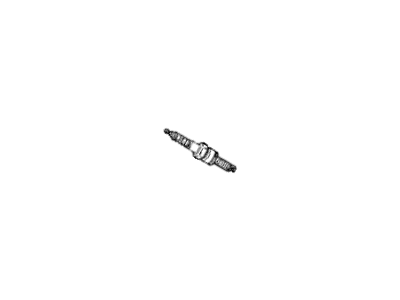×
- Hello
- Login or Register
- Quick Links
- Live Chat
- Track Order
- Parts Availability
- RMA
- Help Center
- Contact Us
- Shop for
- Acura Parts
- Acura Accessories

My Garage
My Account
Cart
Genuine Acura Integra Spark Plug
Ignition Spark Plug- Select Vehicle by Model
- Select Vehicle by VIN
Select Vehicle by Model
orMake
Model
Year
Select Vehicle by VIN
For the most accurate results, select vehicle by your VIN (Vehicle Identification Number).
24 Spark Plugs found

Acura Integra Spark Plug (Pfr6G-11) (Ngk)
Part Number: 98079-5614H$18.21 MSRP: $26.00You Save: $7.79 (30%)Ships in 1 Business Day
Acura Integra Spark Plug (Zfr5F-11) (Ngk)
Part Number: 98079-5514G$3.24 MSRP: $4.52You Save: $1.28 (29%)Ships in 1-2 Business Days
Acura Integra Spark Plug (Pzfr5F-11) (Ngk)
Part Number: 98079-5514N$18.64 MSRP: $26.00You Save: $7.36 (29%)Ships in 1-2 Business Days
Acura Integra Spark Plug (Pfr6G-13) (Ngk)
Part Number: 98079-56A7H$18.64 MSRP: $26.00You Save: $7.36 (29%)Ships in 1-3 Business Days
Acura Integra Spark Plug (Pk20Pr-L11) (Denso)
Part Number: 98079-5615H$18.64 MSRP: $26.00You Save: $7.36 (29%)Ships in 1-3 Business DaysAcura Integra Spark Plug (Dilkar8P8Sy) (Ngk)
Part Number: 12290-6A0-A01$32.08 MSRP: $45.82You Save: $13.74 (30%)Ships in 1-3 Business DaysAcura Integra Spark Plug (Kj16Cr-L11) (Denso)
Part Number: 98079-5515G$3.24 MSRP: $4.52You Save: $1.28 (29%)Ships in 1-3 Business DaysAcura Integra Spark Plug (Pk20Pr-L13)
Part Number: 98079-56A5H$18.64 MSRP: $26.00You Save: $7.36 (29%)Ships in 1-3 Business DaysAcura Integra Spark Plug (Ilzkar8J8Sy)
Part Number: 12290-5PA-A01$26.60 MSRP: $37.98You Save: $11.38 (30%)Ships in 1-2 Business DaysAcura Integra Spark Plug (Zfr6F-11) (Ngk)
Part Number: 98079-5614G$3.24 MSRP: $4.52You Save: $1.28 (29%)Ships in 1-3 Business DaysAcura Integra Spark Plug (Bcpr5Ey-N11) (Ngk)
Part Number: 98079-5514A$2.46 MSRP: $3.43You Save: $0.97 (29%)Ships in 1-3 Business DaysAcura Integra Spark Plug (Bcpr6E-11) (Ngk)
Part Number: 98079-56148$2.46 MSRP: $3.43You Save: $0.97 (29%)Ships in 1-3 Business DaysAcura Integra Spark Plug (Bcpr7E-11) (Ngk)
Part Number: 98079-57148$2.34 MSRP: $3.27You Save: $0.93 (29%)Ships in 1-3 Business DaysAcura Integra Spark Plugs (Bcpr5E-11) (Ngk)
Part Number: 98079-55148$2.46 MSRP: $3.43You Save: $0.97 (29%)Ships in 1-3 Business DaysAcura Integra Spark Plug (Bcpr7Ey-N11) (Ngk)
Part Number: 98079-5714A$2.46 MSRP: $3.43You Save: $0.97 (29%)Ships in 1-3 Business DaysAcura Integra Spark Plug (Kj20Cr-L11) (Denso)
Part Number: 98079-5615G$3.24 MSRP: $4.52You Save: $1.28 (29%)Ships in 1-3 Business DaysAcura Integra Spark Plug (Pkj16Cr-L11) (Denso)
Part Number: 98079-5515N$17.75 MSRP: $24.75You Save: $7.00 (29%)Ships in 1-3 Business Days
| Page 1 of 2 |Next >
1-20 of 24 Results
Acura Integra Spark Plug
We provide a broad range of OEM Acura Integra Spark Plug at unbeatable prices on our website. For your OEM parts, You can count on the guaranteed quality, manufacturer's warranty, outstanding customer service, and prompt delivery. We look forward to your visit.
Acura Integra Spark Plug Parts Questions & Experts Answers
- Q: What are the tools needed for spark plug replacement on Acura Integra?A:You need a spark plug socket, ratchet, extensions and gap gauge for spark plug replacement. For these models, it is advisable to use special pullers to remove the plug wires. Before removing or installing spark plugs, you should allow the engine to cool down. Prior to replacing spark plugs, buy new ones and adjust them to fit properly in advance. After checking the new plugs for defects and setting their gaps, inspect the gap with wire gauges if necessary. Unfasten the cover of the spark plug then extract one of its wires. Use compressed air or bicycle pump to blow out any dirt or debris that may have settled within the hole of your car's engine where the spark plug is fixed. You can turn it anticlockwise using a long extension on a socket with a twist which removes this one from place also using compressed air or bike pump blast away whatever dirt rubbish has occupied place in that vehicle's cylinder chamber whereby this part gets screwed in resulting into loosening I guess something like that . The running condition of an engine can be assessed by comparing its spark plug with a chart . A little bit of anti-seize compound should be applied on each thread of the brand-new plugs . One of these new ones is threaded through one hole while another is tightened around it with such wrenches as torque wrenches or ratchets . This rubber hose helps in screwing up the hole where-in for example we could attach upon using hand twisting motion until we screw it tightly into place after then you have inserted your finger because there are no threads available here . Finally connect your boot and repeat above steps on other heads but don't take off all cables at once since they might get cross-wired making cylinders misfire instead just replace them stepwise.
